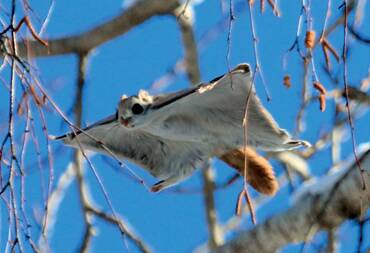
Pteromys volans
Pteromys volans,Siberian Flying Squirrel,Flying squirrel, flying squirrel, flying tiger, small flying squirrel
Flying squirrels do not hibernate. They are nocturnal and are active after d···
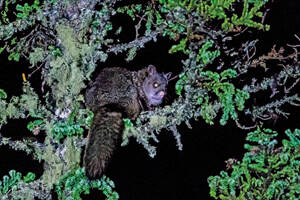
Petaurista xanthotis
Petaurista xanthotis , Highland Flying Squirrel, Yellow-eared Flying Squirrel
Gray flying squirrels are nocturnal and active at dawn and dusk. They live i···
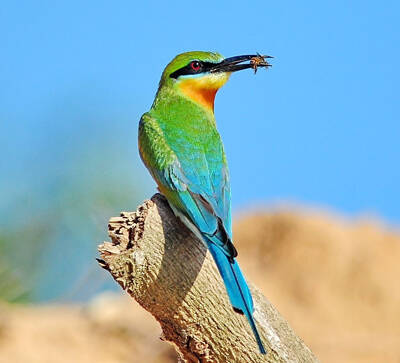
Merops philippinus
Red-throated Bee-eater,Merops philippinus,Blue-tailed Bee-eater
Blue-tailed Bee-eater, no subspecies.Blue-tailed Bee-eater is a resident bir···
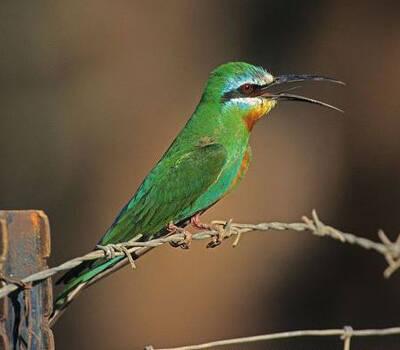
Merops persicus
Merops persicus,Blue-cheeked Bee-eater,Guêpier de Perse,القارية زرقاء الخدين
Blue-cheeked Bee-eater, also known as Blue-cheeked Bee-eater, has two subspe···
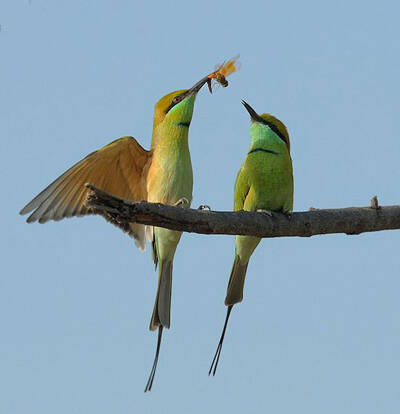
Merops orientalis
Merops orientalis,Green Bee-eater
Green Bee-eater, also known as Green Bee-eater in English, is a small bird w···
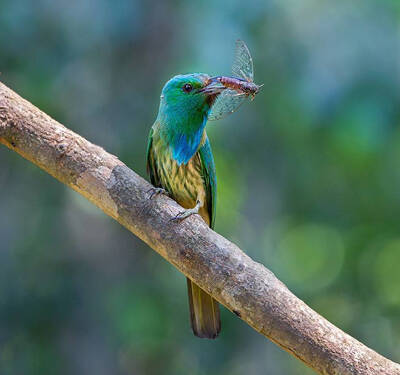
Nyctyornis athertoni
Blue-bearded night bee-eater,Nyctyornis athertoni,Blue-bearded Bee-eater
Blue-bearded Bee-eater is a green forest-dwelling bee-eater with two subspec···
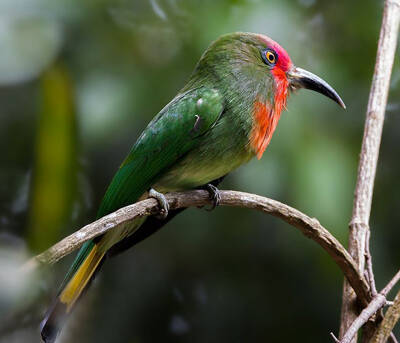
Nyctyornis amictus
Red-bearded Bee-eater, Red-bearded Night Bee-eater, Red-bearded Night Bee-eater,Nyctyornis amictus,Red-bearded Bee-eater
Red-bearded Bee-eater, no subspecies.Although Red-bearded Bee-eater belongs ···
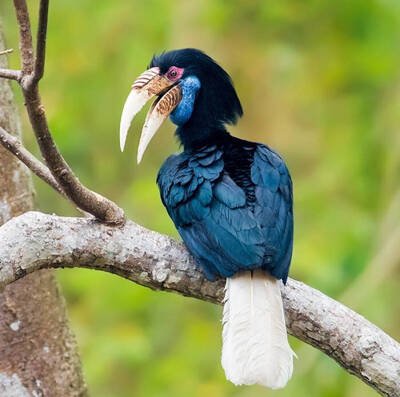
Aceros undulatus
Aceros undulatus,Rhyticeros undulatus,wreathed hornbill,Bar-pouched wreathed hornbill
The wreathed hornbill is called wreathed hornbill in foreign language, and h···
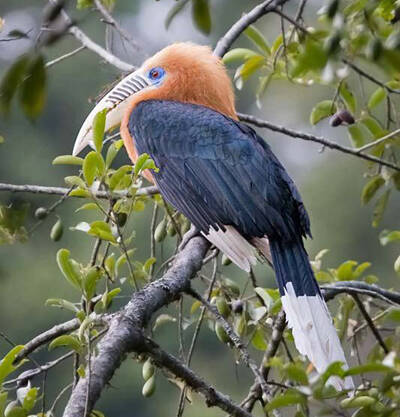
Aceros nipalensis
Rufous-necked Hornbill,Aceros nipalensis,rufous-necked hornbill
Rufous-necked hornbill is a large bird with no subspecies.Rufous-necked horn···
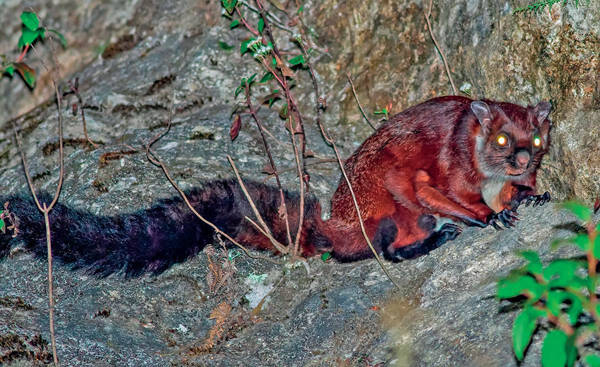
Petaurista albiventer
Petaurista albiventer,Brown-footed flying squirrel, red-backed flying squirrel, flying fox, flying mouse
The chestnut-backed flying squirrel is a species of Chinese flying squirrel.···
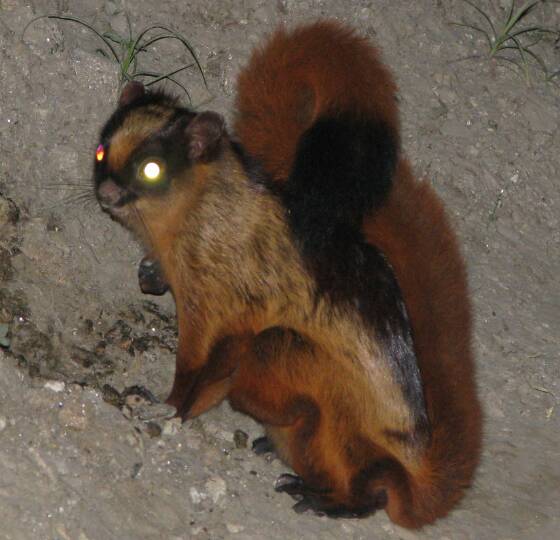
Petaurista magnificus
Petaurista magnificus,Magnificent Flying Squirrel,Beautiful flying squirrel, Beautiful flying squirrel, Hao's flying squirrel
The chestnut brown flying squirrel mainly lives in the mountain evergreen br···
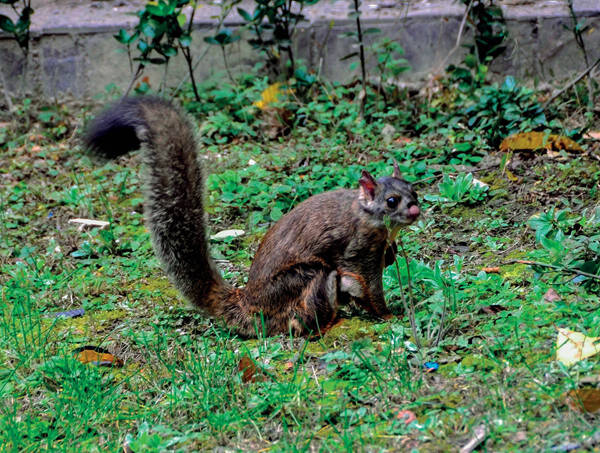
Petaurista caniceps
Petaurista caniceps, small flying squirrel, small flying squirrel, flying squirrel, flying tiger
The gray-headed flying squirrel is medium-sized, arboreal, and usually moves···
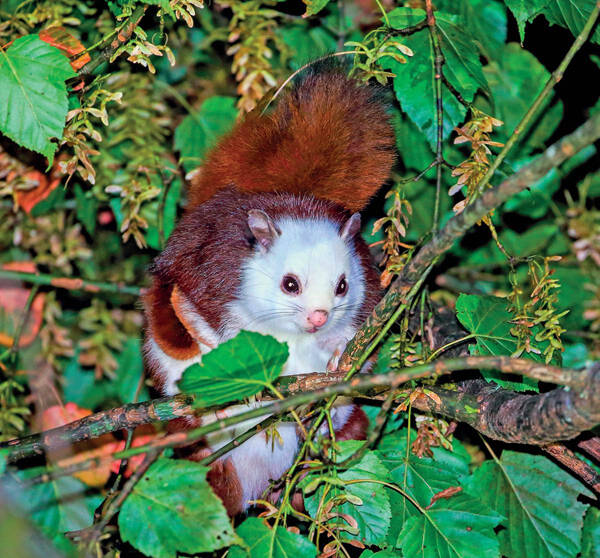
Petaurista alborufus
Petaurista alborufus,Red-and-white Giant,Flying fox, pine cat, white-faced flying squirrel, white-headed flying squirrel, white-fronted flying squirrel
Red and white flying squirrels are large flying squirrels with a body shape ···
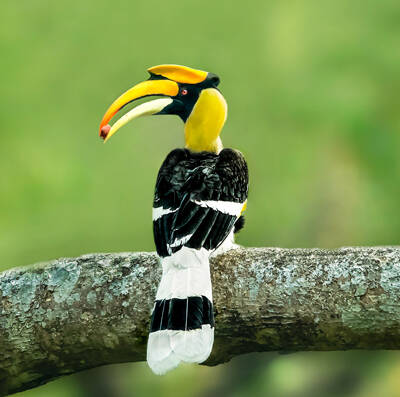
Buceros bicornis
Rodentia, Sciuridae, Flying Squirrel,Buceros bicornis,Great Hornbill
Great Hornbill has two subspecies.Great Hornbill often moves alone during th···
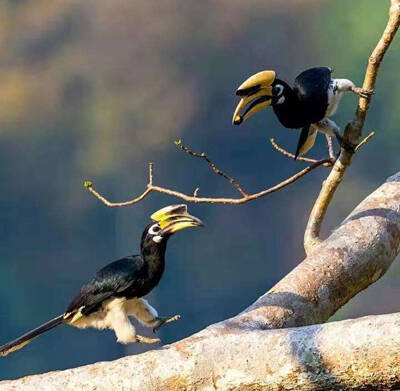
Anthracoceros coronatus
Anthracoceros coronatus,Malabar pied hornbill,Crowned Hornbill, Airplane Bird
The Malabar pied hornbill is called Malabar pied hornbill in English, and ha···
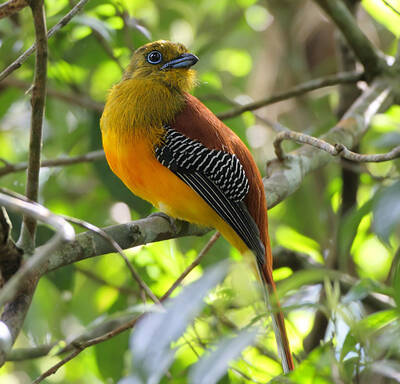
Harpactes oreskios
Harpactes oreskios,Orange-breasted Trogon
Orange-breasted Trogon, also known as Orange-breasted Trogon, has 5 subspeci···

Phodilus badius
Phodilus badius,Oriental Bay-owl
Oriental Bay-owl, also known as Oriental Bay-owl, has a heart-shaped face an···

Tyto longimembris
Tyto longimembris,Eastern Grass-owl, Monkey-faced owl, Monkey eagle, White-breasted grass owl
The Eastern Grass-owl is a medium-sized bird of prey with 6 subspecies.The G···

Tyto alba
Tyto alba,Barn Owl,Monkey-faced eagle, Monkey-headed eagle
Barn Owl is a medium-sized bird with 32 subspecies.The barn owl often moves ···
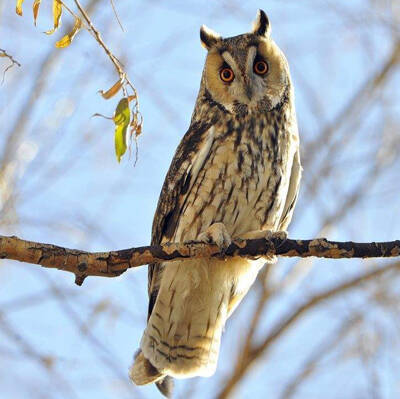
Asio flammeus
Asio flammeus,Short-eared Owl,Night owl, owl, field cat king, short-eared owl, small-eared wood rabbit
Short-eared Owl, also known as Short-eared Owl in English, has 10 subspecies···
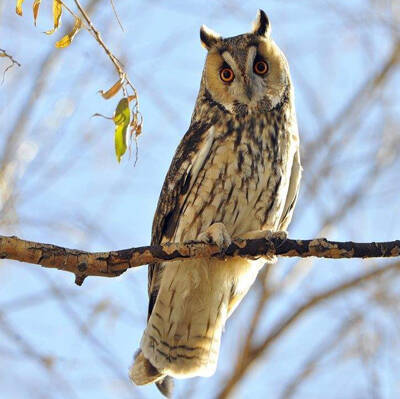
Asio otus
Asio otus,Long-eared Owl,Northern Long-eared Owl,Strix otus Linnaeus, 1758,Long-eared wooden rabbit, with headset Elvis, tiger eagle, Biaomu rabbit, night owl, owl
The long-eared owl is called Long-eared Owl in foreign language, and there a···
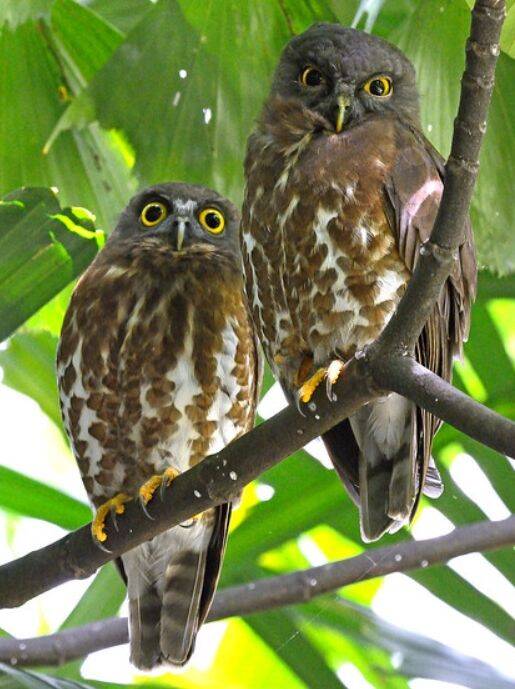
Ninox japonica
Ninox japonica,Northern Boobook,Northern Hawk Owl
The Japanese hawk owl, also known as the Northern Boobook, is a medium-sized···
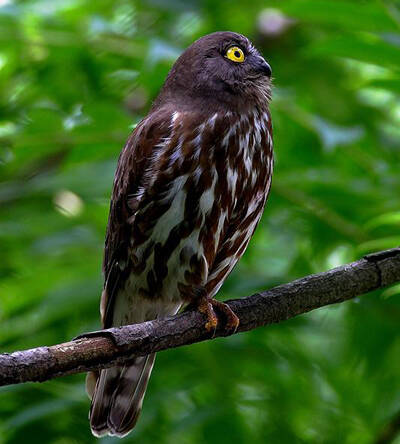
Ninox scutulata
Ninox scutulata,Brown Hawk-owl,Brown Hawk-Owl
The Brown Hawk-owl is a medium-sized bird of prey with 11 subspecies.Hawk-ow···
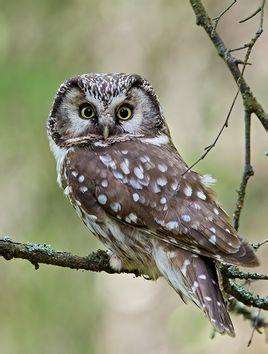
Aegolius funereus
Aegolius funereus,Tengmalm's owl,Little Owl
The foreign name of the ghost owl is Tengmalm's owl, and there are 6 sub···
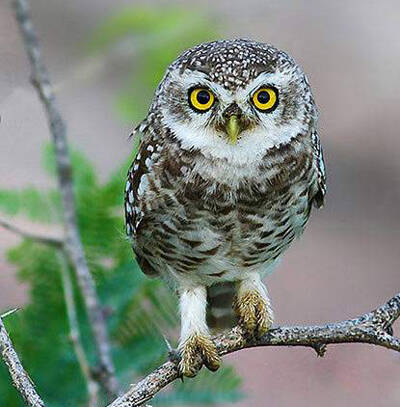
Athene brama
Athene brama,Spotted Owlet
Spotted Owlet, also known as Spotted Owlet, has 5 subspecies.Spotted Owlet o···
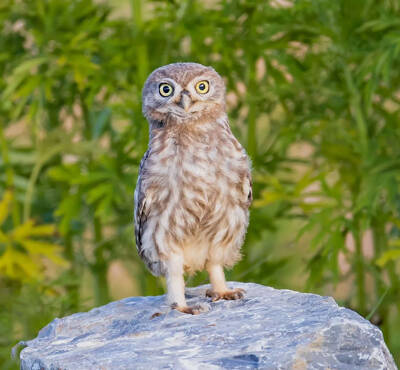
Athene noctua (Scopoli, 1769)
Athene noctua (Scopoli, 1769),little owl,Little Owl, Owl, Owl, Owl Owl
The Little Owl with Vertical Stripes is called Little Owl in English. There ···
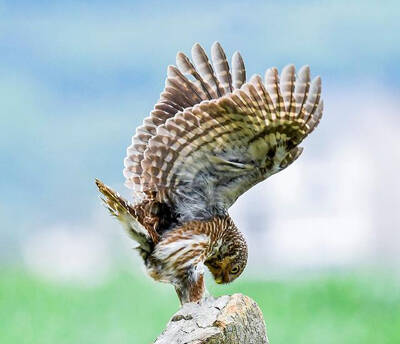
Glaucidium cuculoides
Glaucidium cuculoides,Asian Barred Owlet,Little Owl, King Cat Bird, Fox Training, Wandering
Asian Barred Owlet is a small owl with 8 subspecies.Asian Barred Owlet is a ···
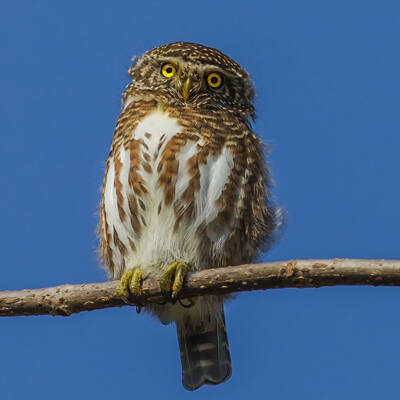
Glaucidium brodiei
Glaucidium brodiei,Collared Owlet,Little Owl
Collared Owlet, also known as Collared Owlet, has 4 subspecies.Collared Owle···
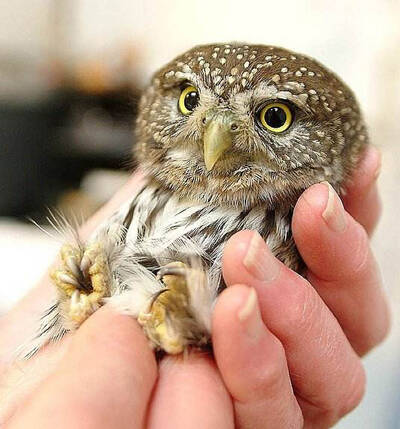
Glaucidium passerinum
Glaucidium passerinum, Eurasian Pygmy Owl
The Eurasian Pygmy Owl is a small bird with two subspecies.The Eurasian Pygm···
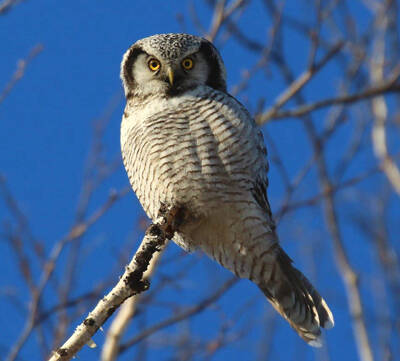
Surnia ulula
Surnia ulula,Northernhawkowl,Dogchin-Ugel, Eagle Owl, Owl
The Northern hawk owl is a medium-sized bird with three subspecies.The North···
